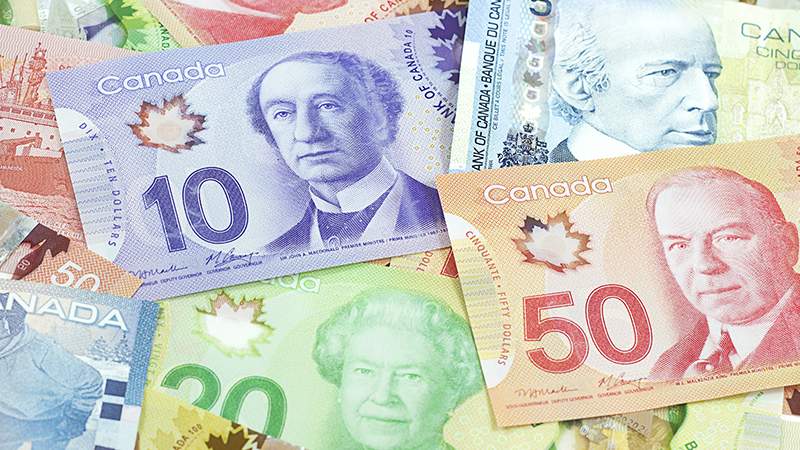Canada’s economy keeps its head above ‘recession waters’ — for now
Canada’s economy contracted in the third quarter of the year, but Statistics Canada’s revised data shows the country is still managing to avoid a technical recession.

Real gross domestic product declined 1.1 per cent on an annualized basis in the third quarter of the year, the agency said Thursday. A dropoff in exports drove the decline, StatCan said, with household spending essentially flat in the quarter.
The economic contraction in Q3 was sharper than most were expecting.
StatCan itself had said in early estimates that real GDP likely dropped 0.1 per cent last quarter, while the consensus of economists had expected growth of 0.1 per cent. The Bank of Canada’s latest estimates in October called for 0.8 per cent growth.
StatCan had previously said that the economy shrank modestly in the second quarter as well, but revised figures also released Thursday show real GDP was actually up 1.4 per cent annualized.
Asked to clarify the factors behind the change, a StatCan spokesperson told Global News the revised quarterly figure is the official measure that reconciles the three ways GDP is measured: by income, by expenditure and by value added.
“As more information is made available after the reference period, an updated figure is provided,” spokesperson Carter Mann said in a statement. “This has and continues to be standard practice not just in Canada but internationally and yes, we stand behind this process and the outputs.”
Mann added the revisions for the second quarter “were well within acceptable range for revisions.”
But Randall Bartlett, senior director of Canadian economics at Desjardins, says these kinds of “substantial” revisions from StatCan are “somewhat concerning.”
When quarterly GDP data is materially revised three months on from its initial reports, or when it doesn’t line up with trends from the monthly reports the agency puts out, it affects the reliability of data that economists use to chart Canada’s economic path, Bartlett says.
Private sector economists’ forecasts inform not just the internal calculations used by banks and other institutions, but also assumptions for key government fiscal projections like the recent fall economic statement.
“I think StatCan should really be doing a little bit of soul searching in terms of trying to identify where it can improve on its estimates to minimize the revisions to the monthly data,” Bartlett says.
Advance estimates for October point to early signs of a possible rebound in Q4, with GDP potentially rising 0.2 per cent in the month.
Best Currency Exchange in Vancouver-KAPU Currency Exchange
Canada keeps its 'head above recession waters'
While Bartlett says there’s signs of an “acceleration” in GDP for the fourth quarter of the year, he says the big picture view for Canada’s economy is still a slowdown.
StatCan’s GDP data year-to-date shows growth slowing each quarter from 2.5 per cent at the start of the year.
If the initial negative reading for the second quarter had held, that would have marked two consecutive declines in real GDP and met the definition of a technical recession.
However, economists tend to have a higher bar for calling a recession as they look for signs of a broader slowdown.
BMO chief economist Doug Porter said in a note to clients on Thursday that recession or not, the trend is clear.
“Whatever label you slap on this economy, it’s basically not growing, despite the artificial sweetener of rapid population growth,” he said.
“There are plenty of unexpected cross currents in today’s release, but the big picture is that the Canadian economy is struggling to grow, yet managing to just keep its head above recession waters.”








